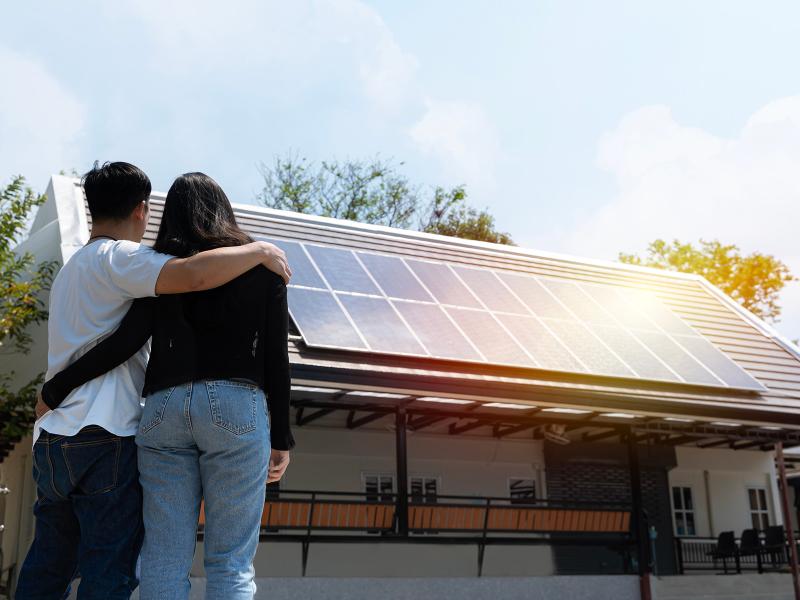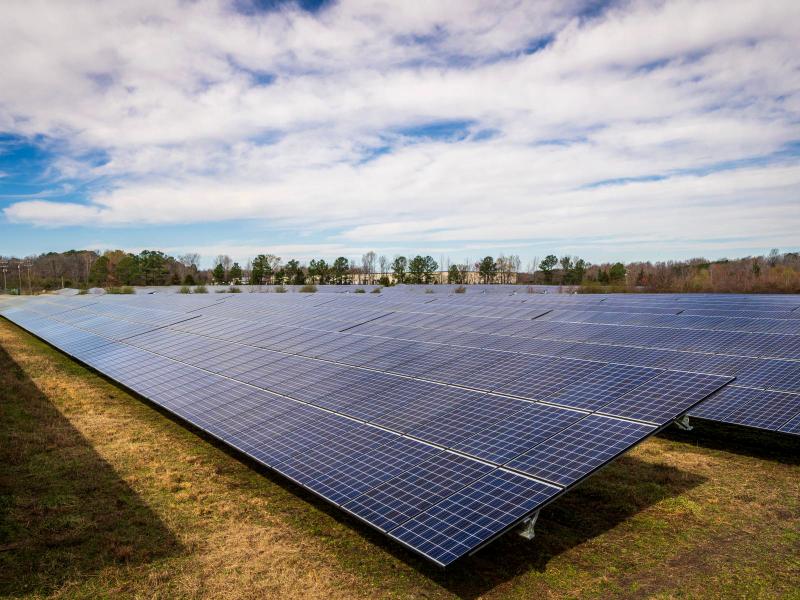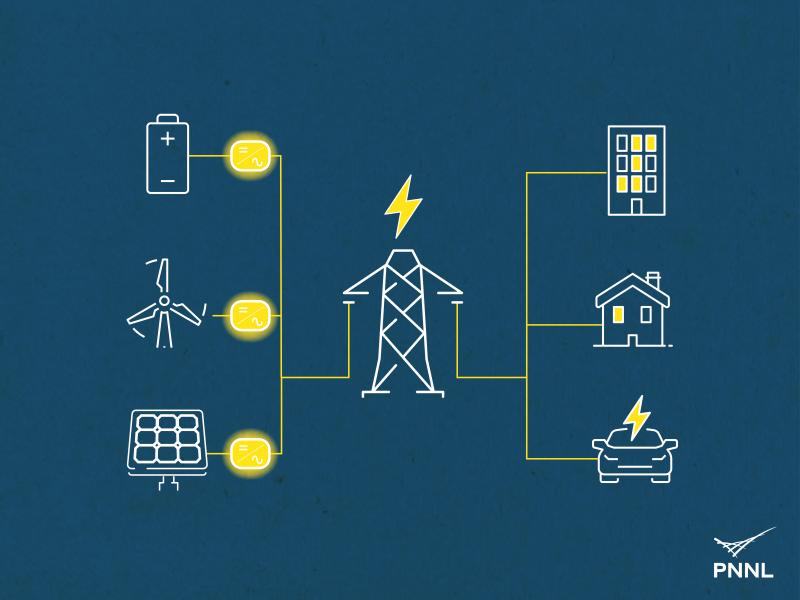
Solar Energy
Solar Energy
Brightening the future
by expanding solar capabilities
Brightening the future
by expanding solar capabilities
Solar energy is energy from the sun that is converted through thermal or chemical reactions into electricity. The technologies used for harnessing this energy from the sun usually use panels made from different reflective and refractive materials to catch those sun rays and then convert the energy received into electricity.
Today, solar energy powers millions of U.S. homes and businesses, providing about 4 percent of the nation’s utility-scale electricity.
Solar energy at PNNL
Pacific Northwest National Laboratory (PNNL) works extensively in the field of solar energy to develop innovative tools and technologies that improve reliability and reduce costs while harnessing the power of the sun.
PNNL is actively improving grid integration of solar energy with new tools that better coordinate solar energy generation with grid demand. PNNL developed the first publicly available, industry-approved models that support integration of new grid-forming inverters—a technology that can support more reliable electricity supply to homes and businesses across the U.S. The models have been adopted by the Western Electricity Coordinating Council (WECC) and integrated into commercial tools that are available to thousands of utilities, who provide power to millions of Americans.
Scientists at PNNL also developed the Solar Thermal Advanced Reactor System (STARS). Recognized by R&D Magazine and the Federal Laboratory Consortium, STARS can make utility-scale solar energy more cost-effective.
Through such work, PNNL is making the future a little brighter by expanding the capabilities of solar energy to create a more secure and reliable grid to meet American’s energy needs.

